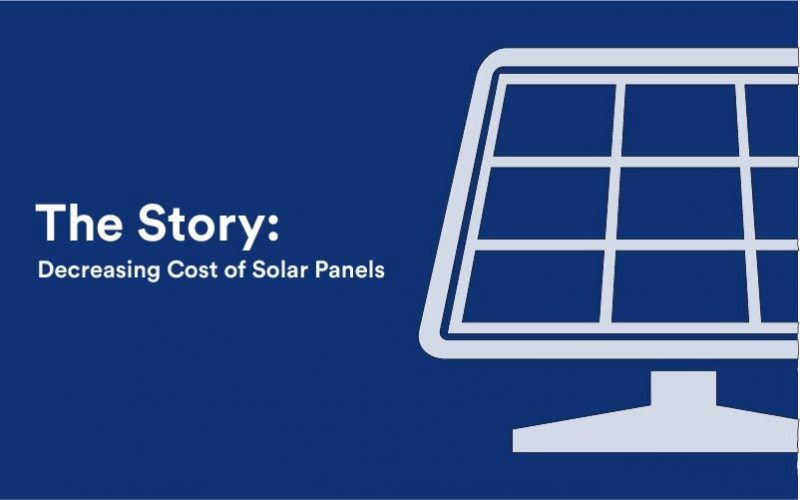You all will be surprised to know that India has bagged the tag of the lowest cost producer of solar power globally. The country-wise average for the total installed costs of utility-scale solar PV in 2018 ranged from a low of $793 per Kilowatt. This is 27 per cent lower than for projects commissioned in 2017.
Further, according to a joint study by TERI and US-based think tank Climate Policy Initiative, the cost of generation of solar power is set to fall to as low as Rs 1.9 per unit over the next decade through 2030 in India with new technologies boosting efficiency levels. The research also states that a grid with 30 per cent RE generation is cost-effective as compared to a moderate RE system and would not raise costs for Indian consumers.
So, how did it all start? How the cost of the solar panels plummeted over time?
Here is the Story
In 1955, the first commercial solar module with 2 per cent efficiency was launched at an energy cost of ₹124,950 per watt. Take note that his was in 1955 and taking the inflation into account, its cost in today’s money would be even more than what it was then. Now, here we are in 2020, and solar panels have an efficiency of around 20 per cent and cost ₹60 per watt.
To put into perspective, ten years ago, in 2010, the cost of a solar panel installation was ₹575 per watt. The solar industry today looks very different; solar panels’ efficiency has increased dramatically and solar panel producers have significantly improved their manufacturing processes. The result: the price of solar has fallen by almost 90 per cent, to just ₹60 per watt.
Changes in solar panel cost over time can be explained by Swanson’s Law, which states that the price of solar PV modules decreases by about 20 per cent for every doubling in global solar capacity.
Have a look at the average last five years’ cost of solar panels;
| Year | Price per watt |
| 2015 | ₹110 (approx) |
| 2016 | ₹80 (approx) |
| 2017 | ₹70 (approx) |
| 2018 | ₹64 (approx) |
| 2019 | ₹60 (approx) |
If you have noticed, the cost is moving to a stable position, which means the year 2020 is going to be the best time to buy solar panels. Plus there is also a possibility of tax credit and subsidy scheme mending after this year. So, is it the best time to get a solar panel installed on your rooftop? We bet, it is.
As our part in the story, we have launched a Monthly Payment Plan for solar rooftop installations, which will let home-owners get a solar rooftop system installed at their homes without even paying its entire cost. The plan comes with a minimum upfront payment and an affordable monthly payment which is as low as ₹660. This initiative will not only take away the budgetary constraints of home-owners and make the solar rooftops affordable in India homes but also add up more people to the solar industry.
Do give our blog a read for all your solar-related questions. You can also check out other interesting updates on solar on our Facebook page (facebook.com/zunroof)
Reach out to us by filling the form below:

